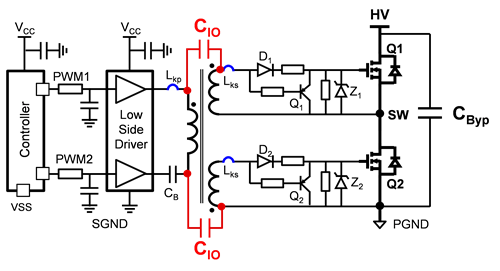What is the difference between using a PNP and a Pmos as dual-polarity, symmetrical drive-gate transformer turn off SW Q1/Q2? Because when using PNP, the base resister will consume energy when power Mosfet is turned off. However when using Pmos, the gate resister cosumes no energy and can even be NC. Why not always use a Pmos instead of a PNP? Are there any drawbacks when using a Pmos?



